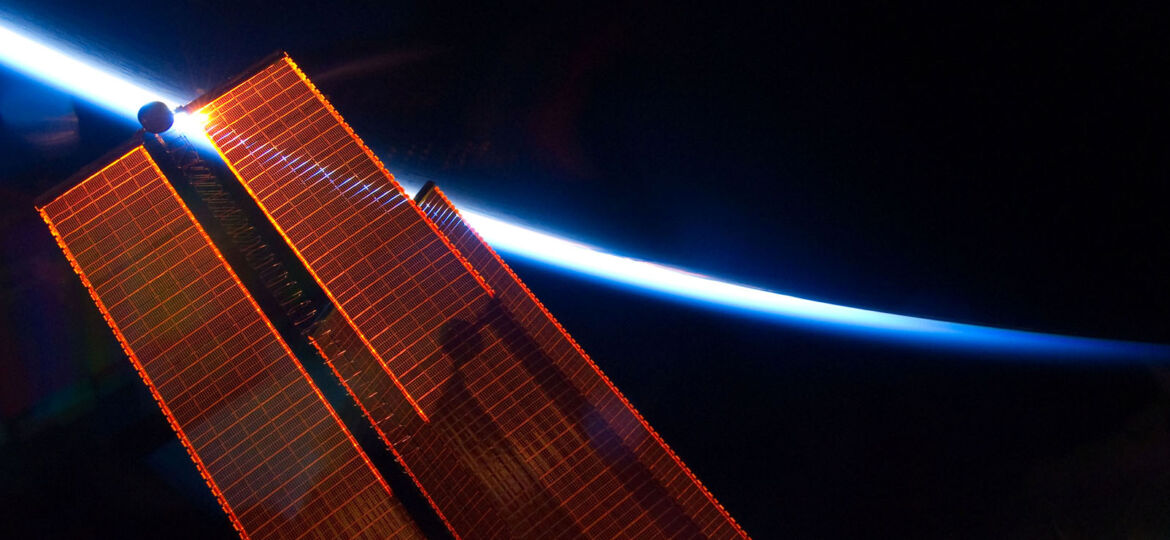
WHY THIS MATTERS IN BRIEF
Being able to collect solar energy in space and beam it back down to base stations on Earth is a very efficient way to harvest it, and we have the technology.
Let’s face it humanity uses a lot of energy, and while solar power here on Earth is doing a reasonable job of contributing to the overall energy mix, recently passing the 1 Trillion Watts installed milestone, scientists have long hypothesised that gathering the Sun’s energy in space and beaming the energy back down to Earth would be a lot more effective. And now China says it’s going to be the first to do exactly that after it announced plans to build “an interstellar power station” that will orbit the Earth at an altitude of 36,000km.
According to China’s state-backed Science and Technology Daily, Chinese scientists initially plan to build and launch small power stations into the stratosphere between 2021 and 2025, before upgrading to a Megawatt level station in 2030 and a Gigawatt level facility high above the earth before 2050 – something that ironically one of the original proponents of the idea, an American theoretical physicist, was ridiculed for a few years ago.

Without atmospheric interference or night-time loss of sunlight, these space-based solar farms could provide a huge and inexhaustible source of clean energy. The China Academy of Space Technology Corporation, who also happens to be behind a variety of Chinese advanced technology programs, claims such a set-up could “reliably supply energy 99 per cent of the time, at six times the intensity of all the solar installations on Earth.”
China’s proposal then goes on to suggest converting solar energy into electricity in space, before beaming it back to Earth using a microwave or Laser Energy Transmission system, something else I’ve talked about recently as the first prototypes break cover to in the US to “help drones stay aloft indefinitely,” and feeding into the grid via a ground receiving system.
There are, of course, numerous challenges associated with this scifi plan. Such a power station would weigh a considerable amount, around 1,000 tons, so getting the gear into orbit will be difficult. Researchers are therefore considering whether the station could be constructed in space using space based manufacturing platforms, like the autonomous space based factories that are launching soon, and 3D Printing and 4D Printing, something that NASA has suggested it will use soon to help it print auto-assembling space stations in space. Crazy eh?
In addition to all this pioneering thinking the scientists behind the program will also need to carefully study the effects of microwave radiation on the Earth’s atmosphere, and worryingly a recent China-Russia high frequency atmospheric experiment, albeit a military one, was discovered to be responsible for increasing the atmospheric temperatures above Europe by over 100 Celcius, so what the effects of a solar based power station could be on the Earth’s atmosphere could be anyones guess.
But all that said the project’s clearly not beyond the realms of possibility, and there’s already a lot of research out there exploring this technology. Japan, for example, has been talking about this for a decade, while space programs are constantly growing their understanding of the technology needed to effectively beam power back to Earth.
Japan hit upon a solution in 2015 using wireless transmission, while the California Institute of Technology announced last year that it had created a prototype capable of harnessing and transmitting solar energy from space using lightweight tiles.
China has really ramped up its space program in recent times, recently reaching the far side of the moon and growing the first plants on the lunar surface, and its timescales for this plan may be ambitious, but its quest to become a space superpower suggests this common science fiction dream is closer than ever to becoming a reality.
Source: SMH
















